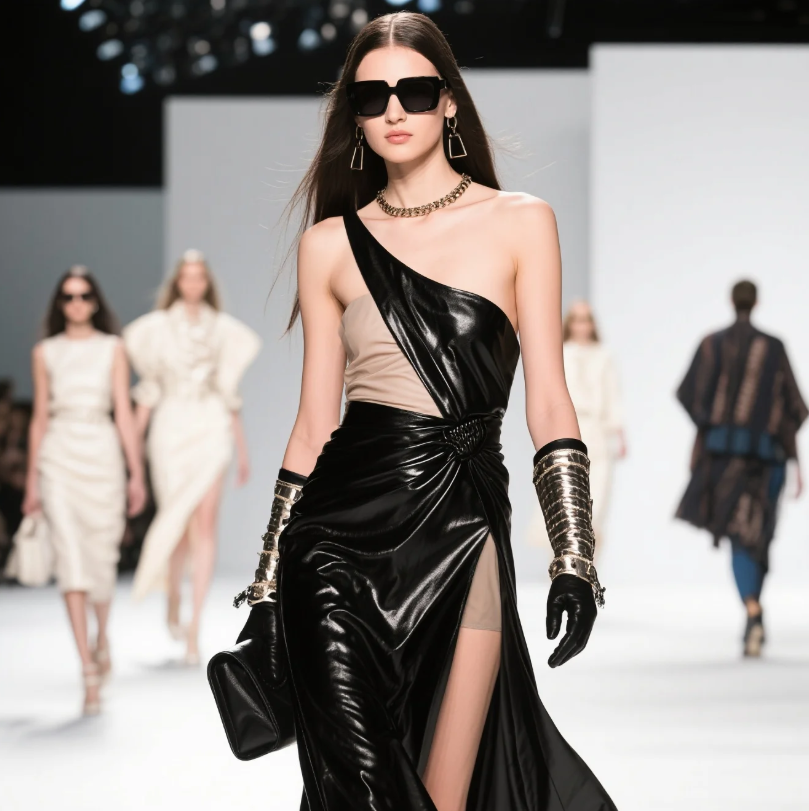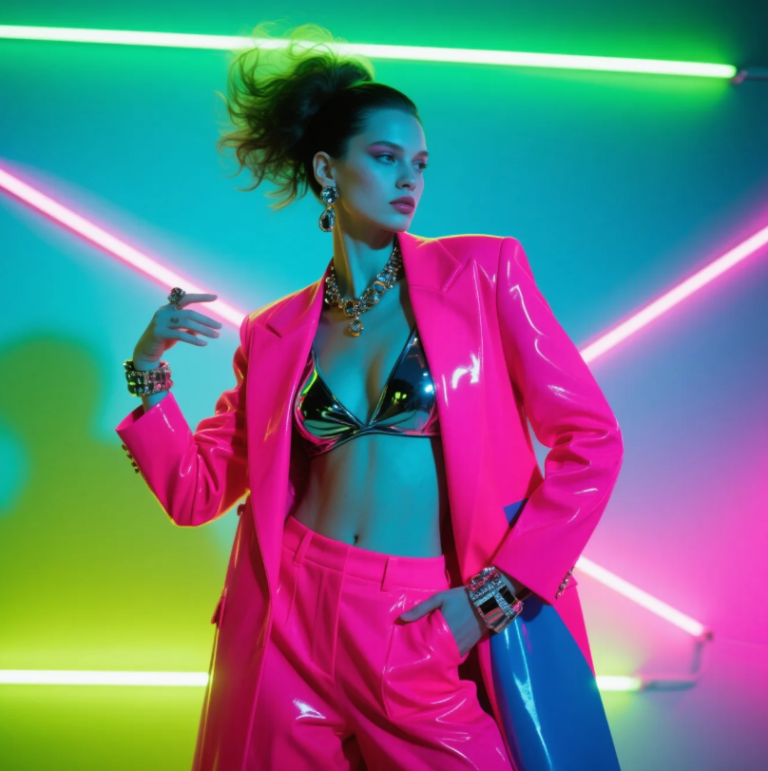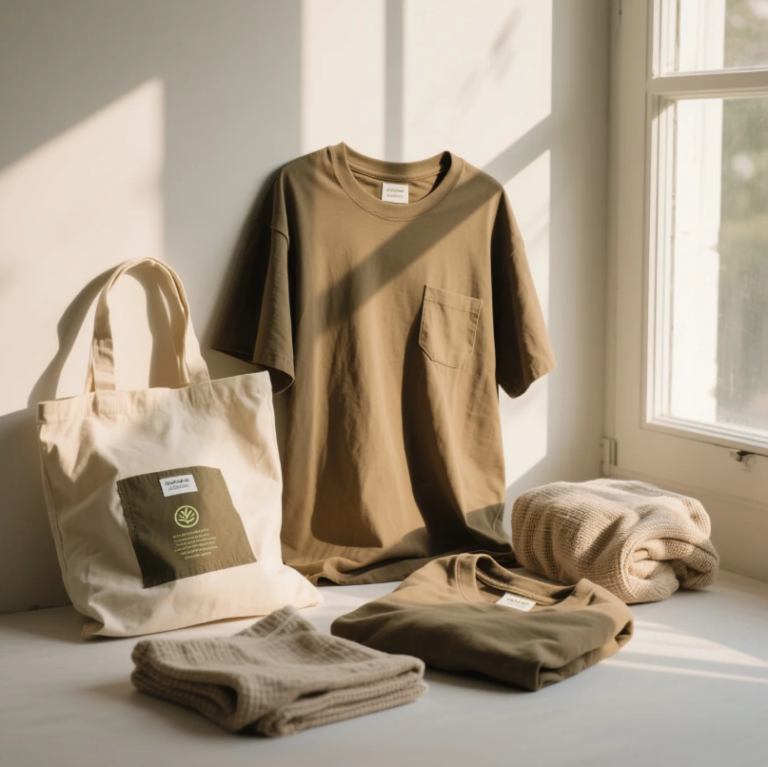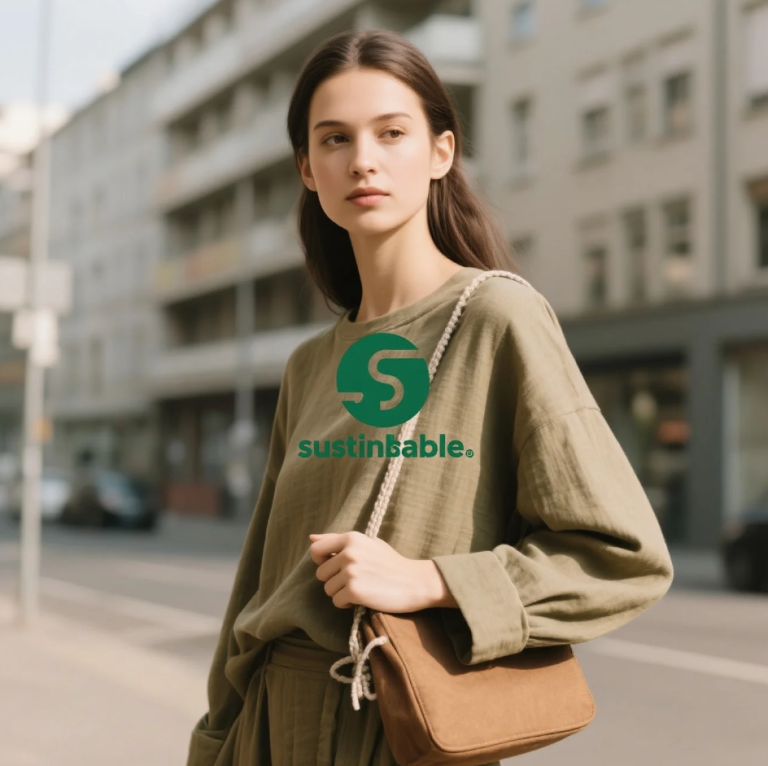
Once upon a runway, luxury brands were all about exclusivity, extravagance, and indulgence — not compostable packaging or carbon neutrality. But fast forward to now, and suddenly even the most diamond-drenched fashion houses are singing ballads about sustainability. Gucci is planting trees, Louis Vuitton is talking about circularity, and Prada swapped virgin nylon for something called Econyl. 🌱✨
It sounds promising. Uplifting, even. But let’s put down the organic champagne and ask the real question: are these luxe labels truly embracing sustainability, or are they just playing eco-dress-up for the marketing gods?
Welcome to the greenest fashion investigation you didn’t know you needed.
Luxury Meets Sustainability: A Love Story or Situationship?
First things first: the fashion industry contributes up to 10% of global carbon emissions. That includes all sectors, from bargain-bin fast fashion to high-end handbags that cost more than rent in Manhattan.
Luxury brands, with their slow production cycles and made-to-last philosophy, should be sustainability icons, right? They use finer materials, have artisanal craftsmanship, and aren’t mass-producing 30 micro-collections a year.
But here’s the twist — a lot of that sustainability cred is more branding than backbone.
Greenwashing: The Haute Couture Edition
Greenwashing is when companies give the illusion of environmental responsibility without making meaningful changes. It’s the fashion equivalent of sticking a leaf emoji on a toxic product and calling it a forest.
And luxury brands? Oh, they’ve got the budget to make it look real convincing.
We’re talking photo shoots in meadows, eco-themed capsule collections with vague targets, and sustainability pages on websites that read like they were written by a poet on mushrooms.
Take the case of a certain iconic brand that declared their new handbag line to be “carbon-neutral.” Sounds saintly — until you learn the brand’s overall operations are still largely opaque, and the “neutrality” came via carbon offsets. That’s right: they bought their way into eco-heaven. It’s the fashion world’s version of Catholic indulgences.
Let’s Talk About the Receipts (and the Red Flags)
So how can you tell if a luxury brand is walking the green walk or just talking the green talk?
1. Transparency or Mystery Theatre?
Many brands use fancy infographics and buzzwords like “circularity” and “eco-innovation,” but don’t offer actual numbers. If a brand says they’re using “sustainable materials” but can’t specify what percentage or where they’re sourced — red flag.
2. Carbon Offsets ≠ Carbon Reduction
Offsets are not bad per se, but they’re often used as a smokescreen. Real sustainability comes from reducing emissions in the first place, not planting trees to make up for flying exotic leathers across the globe.
3. The Magical Mystery Certifications
GOTS, OEKO-TEX, B Corp — real sustainability has receipts. If luxury brands are serious, they’ll pursue recognized certifications, not just invent vague terms like “earth-conscious.” What does that even mean? Is the Earth aware of it?
4. Product Lifecycle Commitment
Are they offering repair services? Take-back programs? Secondhand resale support? If not, they’re likely more into image than impact.
The Ones Getting It (Sort of) Right
Not all luxury brands are phoning it in. Some are genuinely trying to shift gears — or at least, shifting more than a pixelated Instagram filter.
Stella McCartney
She’s the Beyoncé of luxury sustainability. Long before it was trendy, Stella was shouting from the rooftops about meat-free fashion. No leather, no fur, and now — fully recyclable sneakers. It’s not perfect, but it’s pioneering.
Gucci
Through its parent company Kering, Gucci is working on traceability and supply chain transparency. They’ve committed to becoming entirely carbon-neutral and even introduced an Off The Grid collection made from recycled materials. Gucci also launched an app to track their products’ sustainability impact. Gucci, but make it Google Sheets.
Chloé
Certified B Corp? Check. Transparency report? Check. Partnerships with social enterprises and sustainable artisans? Triple check. Chloé’s not just sipping the green Kool-Aid — they’re bottling it in recyclable glass.
LVMH’s Mixed Bag
LVMH, the juggernaut behind brands like Louis Vuitton and Dior, has launched its LIFE (LVMH Initiatives For the Environment) program. They’ve invested in eco-innovation and sustainable packaging. Promising? Yes. But still a long road to full accountability.
The Seductive Power of Green Labels
Let’s be honest: part of the appeal of buying a $3,000 bag that claims to be “sustainable” is the delicious mix of indulgence and virtue. You get the dopamine rush of luxury spending and the serotonin of saving the planet (sort of).
But as consumers, we must confront a deeper question: Can true sustainability coexist with luxury’s inherent exclusivity and excess?
Luxury thrives on scarcity, on the idea that more is… well, more. Sustainability is all about less. Less waste, less pollution, less consumption. It’s hard to marry the two without at least a little ideological infidelity.
What Needs to Change: Spoiler, It’s More Than Just Fabric
If luxury brands truly want to be sustainable, it goes beyond using recycled silk and compostable dust bags. It requires a rethinking of:
- Production cycles: Less emphasis on seasonal overhauls.
- Transparency: Honest, public metrics about emissions, labor, and sourcing.
- Circularity: Real systems for resale, repair, and reuse.
- Cultural leadership: Using their influence to redefine what it means to desire, own, and dispose of fashion.
Sustainability shouldn’t be a seasonal trend; it should be a structural transformation. But that’s a harder sell than a runway look with the word “eco” stitched on the back.
The Role of Us — The Stylish Snoopers
Let’s not underestimate the power of consumers. Especially in the luxury world, where identity and perception are everything.
When buyers start asking questions, brands start scrambling. If we — yes, we with our carefully curated closets and saved Instagram looks — demand transparency, sustainability, and accountability, the change accelerates.
So next time you see a high-fashion brand flaunting a “green” label, pause and dig deeper. Is it a real shift or a rebrand in emerald hues?
Real Deal or Designer Disguise?
Luxury fashion is like a perfectly tailored illusion — part art, part marketing magic. And while some brands are making strides toward sustainability, many are still dabbling in the realm of eco-theatrics.
True sustainability isn’t glamorous. It’s gritty, complex, and often inconvenient. But it’s also the only runway worth walking in the long term.
So yes, the tide is turning. But until the day luxury labels are as proud of their emissions report as they are of their Paris Fashion Week show, we’ll keep asking the question:
Are you saving the planet, or just selling the vibe?



